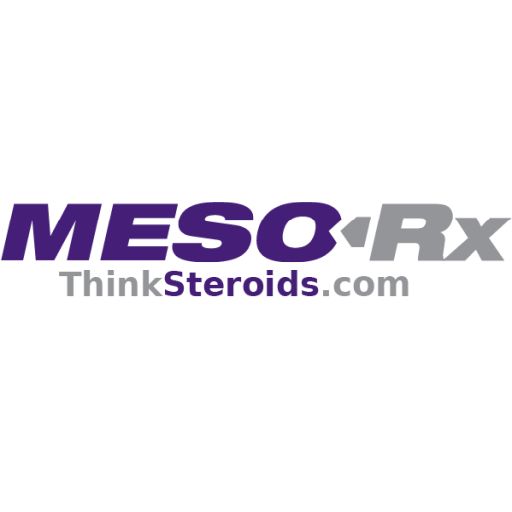Dos Santos MR, Dias RG, Laterza MC, et al. Impaired Post Exercise Heart Rate Recovery in Anabolic Steroid Users. Int J Sports Med. https://www.thieme-connect.de/ejournals/abstract/10.1055/s-0032-1331741
Previous study showed that muscle sympathetic nerve activity (MSNA) was augmented in anabolic steroids users (AASU). In the present study, we tested the hypothesis that the heart rate (HR) responses after maximal exercise testing would be reduced in AASU. 10 male AASU and 10 AAS nonusers (AASNU) were studied. Cardiopulmonary exercise was performed to assess the functional capacity and heart rate recovery. MSNA was recorded directly from the peroneal nerve by microneurography technique. Peak oxygen consumption (VO2) was lower in AASU compared to AASNU (43.66+/-2.24 vs. 52.70+/-1.68 ml/kg/min, P=0.005). HR recovery (HRR) at first and second minute was lower in AASU than AASNU (21+/-2 vs. 27+/-2 bpm, P=0.02 and 37+/-4 vs. 45+/-2 bpm, P=0.05, respectively). MSNA was higher in AASU than AASNU (29+/-3 vs. 20+/-1 bursts/min, P=0.01). Further analysis showed a correlation between HRR and MSNA (r=- 0.64, P=0.02), HRR at first minute and peak VO2 (r=0.70, P=0.01) and HRR at second minute and peak VO2 (r=0.62, P=0.02). The exacerbated sympathetic outflow associated with a lower parasympathetic activation after maximal exercise, which impairs heart rate recovery, strengthens the idea of autonomic imbalance in AASU.
Previous study showed that muscle sympathetic nerve activity (MSNA) was augmented in anabolic steroids users (AASU). In the present study, we tested the hypothesis that the heart rate (HR) responses after maximal exercise testing would be reduced in AASU. 10 male AASU and 10 AAS nonusers (AASNU) were studied. Cardiopulmonary exercise was performed to assess the functional capacity and heart rate recovery. MSNA was recorded directly from the peroneal nerve by microneurography technique. Peak oxygen consumption (VO2) was lower in AASU compared to AASNU (43.66+/-2.24 vs. 52.70+/-1.68 ml/kg/min, P=0.005). HR recovery (HRR) at first and second minute was lower in AASU than AASNU (21+/-2 vs. 27+/-2 bpm, P=0.02 and 37+/-4 vs. 45+/-2 bpm, P=0.05, respectively). MSNA was higher in AASU than AASNU (29+/-3 vs. 20+/-1 bursts/min, P=0.01). Further analysis showed a correlation between HRR and MSNA (r=- 0.64, P=0.02), HRR at first minute and peak VO2 (r=0.70, P=0.01) and HRR at second minute and peak VO2 (r=0.62, P=0.02). The exacerbated sympathetic outflow associated with a lower parasympathetic activation after maximal exercise, which impairs heart rate recovery, strengthens the idea of autonomic imbalance in AASU.


